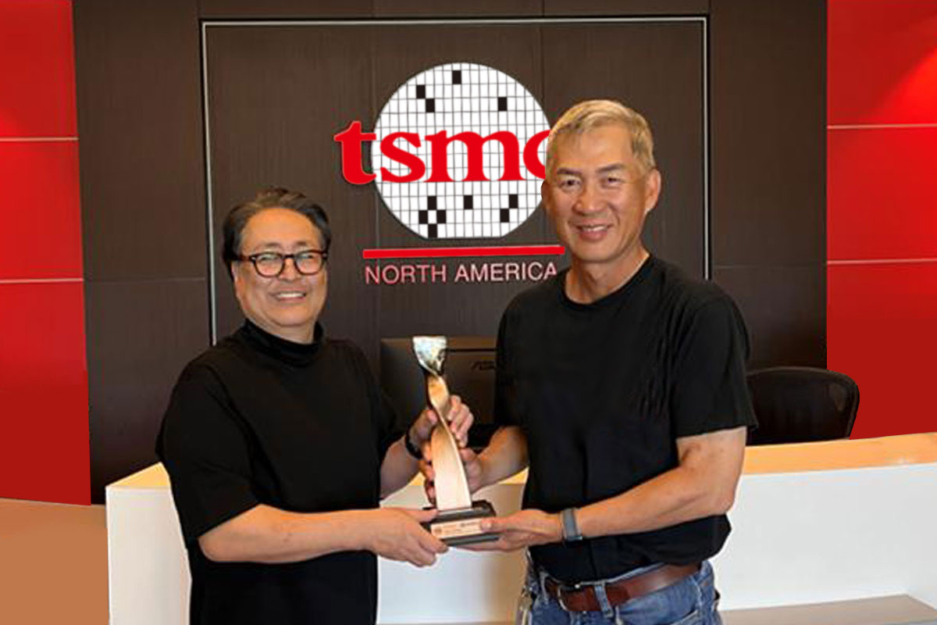Not known Facts About apollo 3.5 blue plus processor
Not known Facts About apollo 3.5 blue plus processor
Blog Article

The mission was colloquially known as Apollo 1; the crew even experienced agency approval for your mission patch paying out homage towards the flight’s foremost posture amid manned missions.
Also, designers can securely develop and deploy solutions confidently with our secureSPOT® technological innovation and PSA-L1 certification.
In 1965, the Apollo Programs Program (AAP) was established to investigate science missions that can be carried out using Apollo components. Considerably in the planning centered on the thought of a space station. Wernher von Braun's before (1964) programs employed a "damp workshop" thought, by using a invested S-II Saturn V 2nd stage staying launched into orbit and outfitted in Area. The subsequent yr AAP studied a smaller station utilizing the Saturn IB second phase. By 1969, Apollo funding cuts eliminated the possibility of procuring additional Apollo hardware and forced the cancellation of some afterwards Moon landing flights.
Furthermore, designers can securely establish and deploy merchandise confidently with our secureSPOT® know-how and PSA-L1 certification.
In addition it shown the S-IVB third phase's very first in-flight restart. The mission applied a Block I command and service module modified to check many important Block II revisions, together with its warmth protect at simulated lunar-return velocity and angle.
The power will give attention to growing its design and style, verification, and validation engineering groups to assistance business expansion.
In charge the computer with the Apollo eleven issues is like blaming the one who spots a fireplace and phone calls the fireplace Office. Actually, the computer was programmed to complete a lot more than acknowledge mistake ailments. An entire list of Restoration systems was included into the software.
Intelligent lighting programs may even be build to show on and off automatically based on user preferences or schedules.
Some areas of this webpage will not be supported on your present-day browser Variation. You should up grade to your modern browser Edition.
The motor shutdown process was transformed with the launch of Skylab in order to avoid harm to the Apollo Telescope Mount. Rather than shutting down all four outboard engines without delay, they have been shut down two at any given time with a delay to scale back peak acceleration even further.[nine] S-II sequence[edit]
Engineers finished a series of built-in exams to prepare the car or truck for its rollout on the launch pad. Meanwhile, inside the VAB’s Higher Bay three, on March 29, employees stacked the S-IC initial phase in the SA-502 car on ML-2 with the Apollo 6 mission, An additional uncrewed exam in the Saturn V rocket and Apollo spacecraft planned for early 1968. Following a stack-destack-restack round originally using the S-II spacer mainly because of the late arrival of this S-II phase, employees concluded assembling the 3-stage rocket for Apollo six on July 14, marking The 1st time that two Saturn V rockets stood aspect by facet inside the VAB.
With nearly 2MB of MRAM and 2.75MB of SRAM, the Apollo4 Blue Plus has in excess of enough compute and storage to manage elaborate algorithms and neural networks whilst exhibiting vivid, crystal-clear, and sleek graphics.
“As Ambiq continues to diversify and improve its worldwide small business, our dedication and investment in Singapore keep on to become important to our good results,” reported Fumihide Esaka, the chairman and CEO at Ambiq.
Targeted at increasing its shoppers' operational performance and value competitiveness, the Team has create analysis and advancement centers in Singapore and China which can be helmed by its dedicated team of professional engineers.
Get Smart. Use Less Energy.
Ultra-low power SoCs for IoT endpoint devices
that demand complex operations
and longer battery life.
✍ Ambiq® is Apollo3 committed to further improve the quality of life by enabling the intelligence of endpoints while further reducing carbon footprints. Ambiq – your partner in endpoint intelligence.
✯✯✯Based in Austin, San Jose, Hsinchu, Shenzhen, and Shanghai, our leadership and management teams consist of advocates, builders, enthusiasts, entrepreneurs, explorers, incubators, inventors, pioneers, protectors, thinkers, and visionaries. With a diverse spectrum of experiences and skillset, we came together and united with one goal to enable the true Internet of Things where the battery-powered endpoint devices can truly be connected intuitively and intelligently 24/7.
Ambiq Wins the Demo of the Year Award at 2023 TSMC Technology Symposium
September 7, 2023, Austin, TX – Ambiq®, a leading developer of ultra-low-power semiconductor solutions that deliver a multifold increase in energy efficiency, was awarded the Demo of the Year Award by TSMC as a participant of the Innovation Zone at the 2023 TSMC North America Technology Symposium.
Ambiq Wins the Demo of the Year Award at 2023 TSMC Technology Symposium
During the April event, Ambiq showcased various product design wins using TSMC’s 22nm technology in wearables, digital health, smart home, Industrial IoT, pet trackers, and retail segments, with industry-leading energy efficiency. Ambiq also featured two live demos emphasizing its leadership in enabling endpoint AI with its HeartKit™ for remote patient monitoring and its graphics display capabilities for a vivid user interface. 
TSMC pioneered the pure-play semiconductor foundry business model when it was founded in 1987, helping startup companies accelerate their innovations by providing access to the industry’s leading process technologies and manufacturing capacity. Since 2021, TSMC has expanded that mission with an Innovation Zone at its worldwide Technology Symposiums, highlighting how TSMC partners with startup companies to enable cutting-edge products from various applications, including high-performance computing, communication, automotive, IoT, and consumer segments.
“We’re grateful to TSMC and our booth visitors for allowing us to share our energy-efficient technology and processor solutions with them,” said Ambiq’s CEO, Fumihide Esaka. “We’re moving towards an exciting frontier of AI becoming more engrained with our daily lives. With that vision on the horizon, we will continue to develop innovative and first-of-its-kind ultra-low-powered solutions that keep innovation and sustainability in mind. 
Ambiq’s mission is to develop the lowest-power semiconductor solutions to enable intelligent devices everywhere by developing the lowest-power semiconductor solutions to drive a more energy-efficient, sustainable, and data-driven world. Ambiq has helped leading manufacturers worldwide develop products that last weeks on a single charge (rather than days), while delivering a maximum feature set in compact industrial designs. Ambiq’s goal is to take Artificial Intelligence (AI) where it has never gone before in mobile and portable devices, using Ambiq’s advanced ultra-low power system on chip (SoC) solutions. Ambiq has shipped more than 200 million units as of March 2023.
Ambiq Designs Low-Power for Next Gen Endpoint Devices
Ambiq’s VP of Architecture and Product Planning, Dan Cermak, joins the ipXchange team at CES to discuss how manufacturers can improve their products with ultra-low power. As technology becomes more sophisticated, energy consumption continues to grow. Here Dan outlines how Ambiq stays ahead of the curve by planning for energy requirements 5 years in advance.
Ambiq Highlights From Embedded World 2024
Facebook | Linkedin | Twitter | YouTube